ZHCSCA6B April 2014 – October 2020 ADS4245-EP
PRODUCTION DATA
- 1 特性
- 2 应用
- 3 说明
- 4 Revision History
- 5 Pin Configuration and Functions
-
6 Specifications
- 6.1 Absolute Maximum Ratings
- 6.2 ESD Ratings
- 6.3 Recommended Operating Conditions
- 6.4 Thermal Information
- 6.5 Electrical Characteristics:
- 6.6 Electrical Characteristics: General
- 6.7 Digital Characteristics
- 6.8 Timing Characteristics: LVDS And CMOS Modes
- 6.9 Typical Characteristics:
- 6.10 Typical Characteristics: General
- 6.11 Typical Characteristics: Contour
-
7 Detailed Description
- 7.1 Overview
- 7.2 Functional Block Diagram
- 7.3 Feature Description
- 7.4 Device Functional Modes
- 7.5 Serial Register Map
- 7.6 Description Of Serial Registers
- 8 Application and Implementation
- 9 Power Supply Recommendations
- 10Layout
- 11Device and Documentation Support
6.11 Typical Characteristics: Contour
All graphs are at +25°C, AVDD = 1.8V, DRVDD = 1.8V, maximum rated sampling frequency, sine wave input clock. 1.5VPP differential clock amplitude, 50% clock duty cycle, –1dBFS differential analog input, High-Performance Mode disabled, 0dB gain, DDR LVDS output interface, and 32k point FFT, unless otherwise noted.
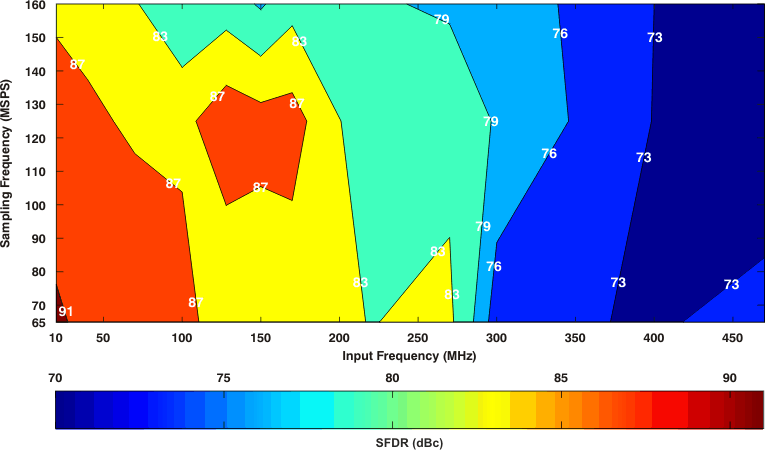 Figure 6-33 Spurious-Free Dynamic Range (0dB Gain)
Figure 6-33 Spurious-Free Dynamic Range (0dB Gain)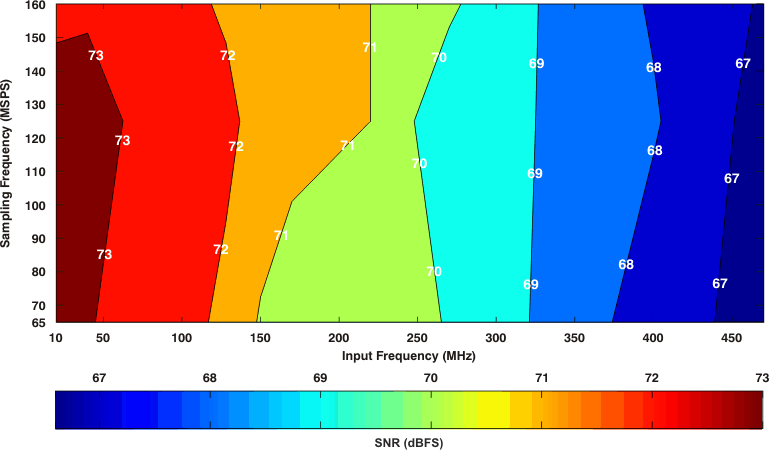 Figure 6-35 Signal-To-Noise Ratio (0dB Gain)
Figure 6-35 Signal-To-Noise Ratio (0dB Gain)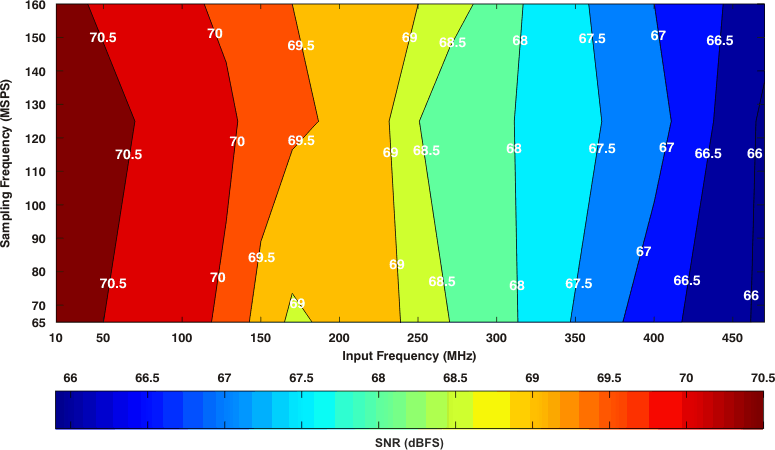 Figure 6-37 Signal-To-Noise Ratio (0dB Gain)
Figure 6-37 Signal-To-Noise Ratio (0dB Gain)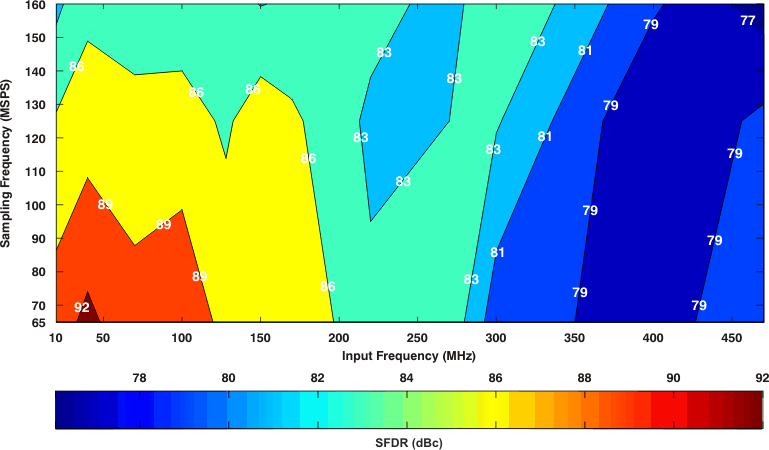 Figure 6-34 Spurious-Free Dynamic Range (6dB Gain)
Figure 6-34 Spurious-Free Dynamic Range (6dB Gain)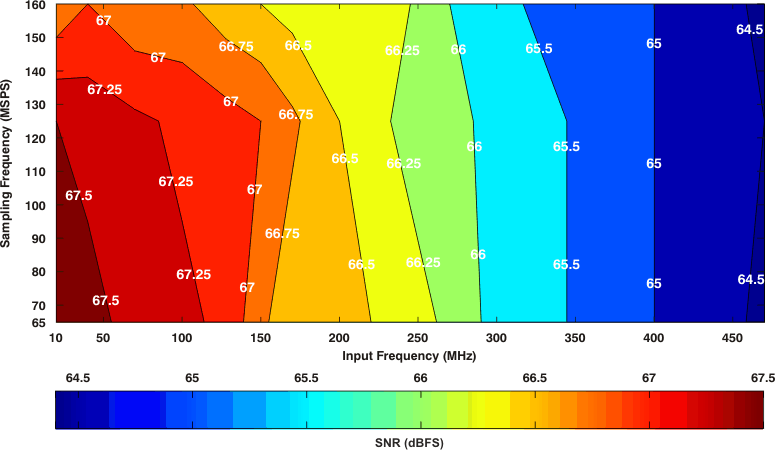 Figure 6-36 Signal-To-Noise Ratio (6dB Gain)
Figure 6-36 Signal-To-Noise Ratio (6dB Gain)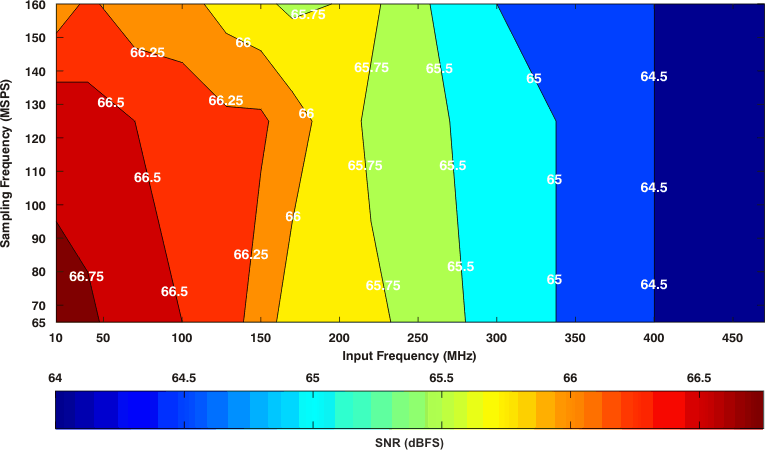 Figure 6-38 Signal-To-Noise Ratio (6dB Gain)
Figure 6-38 Signal-To-Noise Ratio (6dB Gain)